Presentation of the report "Biomass resources distribution and bioenergy technical potential in Kazakhstan: a GIS-based analysis" took place in Vienna
Views: 3578
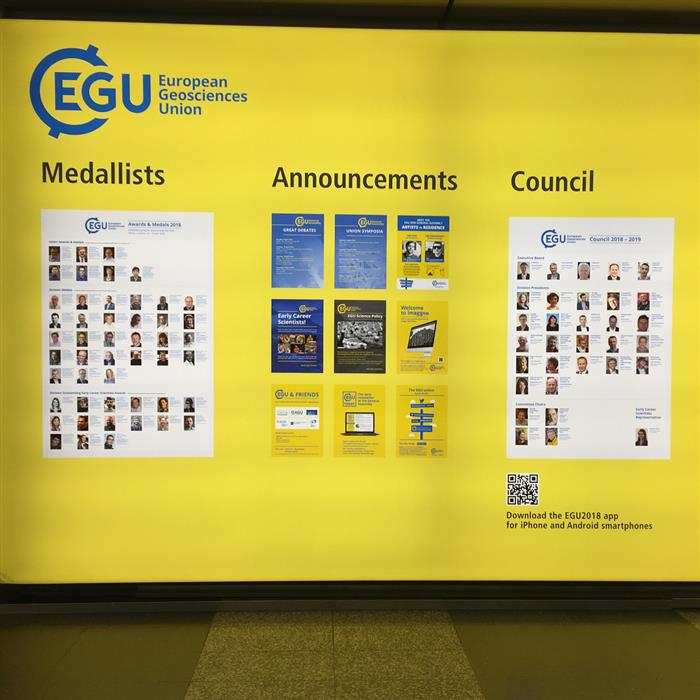
Presentation of the report "Biomass resources distribution and bioenergy technical potential
in Kazakhstan: a GIS-based analysis" took place in Vienna
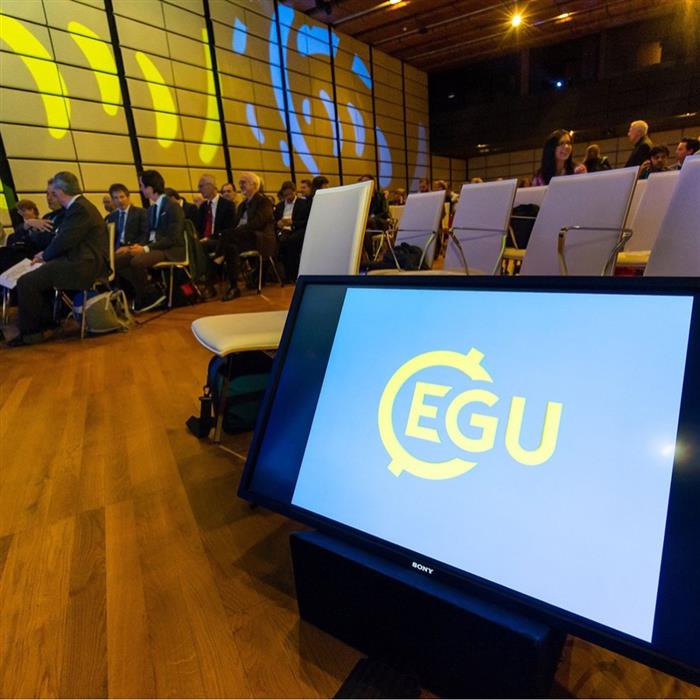
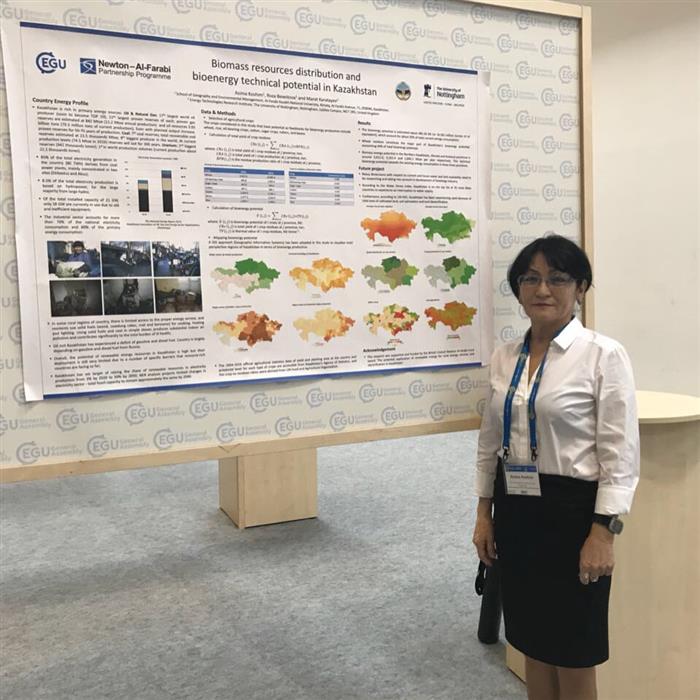
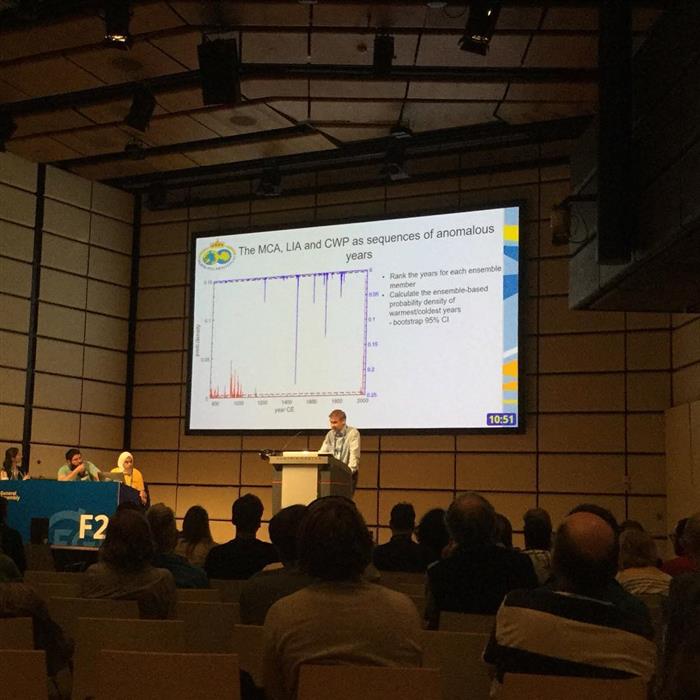
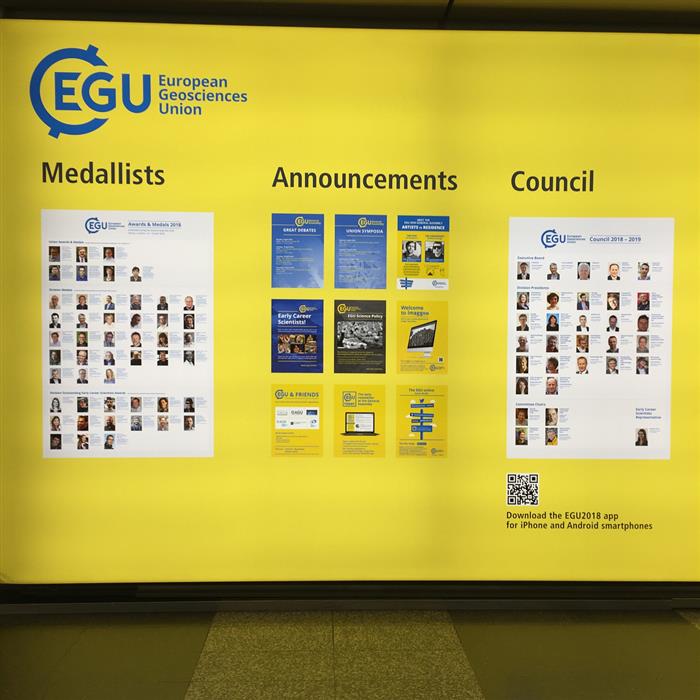
From 8 to 13 April 2018, the annual international geographical conference "European Geosciences Union (EGU) General Assembly" was held in Vienna (Austria) under the patronage of the Austrian Federal Ministry of Science and Research. This is the world's largest conference on geosciences and environmental sciences. The conference is supported by international scientific top-magazines, included in international citation indexes (SCOPUS, Web of Scince, Elsevier). This year, 13902 scientists took part in the conference: geologists, geophysicists, geochemists, geomorphologists, climatologists, geographers, surveyors and cartographers, and others from 107 countries. Results of 15,000 studies were presented. At the conference, in the section of geoinformation research and renewable energy sources, the presentation of the report "Biomass resources distribution and bioenergy technical potential in Kazakhstan: a GIS-based analysis" was also held. The report was prepared within the framework of the joint project of the Department of Cartography and Geoinformatics of Al-Farabi KazNU (Dr. AG Koshim and Dr. RT Bekseytov) and Nottingham University of Great Britain (Dr. Karataev M.). The aim of the project is quantitative assessment the possibility of using the potential of biomass and the spatial distribution of bioenergy potential across Kazakhstan. The results of the project show that the total potential of biomass of agricultural origin in Kazakhstan is more than 16.5 million tons of oil equivalent. The amount of energy that can theoretically be obtained from agricultural waste is 485 * 106 J, which is commensurate with 25-30% of the total energy consumption in the country and the reduction of greenhouse gases by 64.72 million tons. Based on the calculated data, four types of the territory of Kazakhstan's bioenergy potential are identified: it is a territory with a relatively high bioenergy potential, medium, low and insignificant. A series of GIS maps of potential opportunities for the production of alternative electricity shows that the main biomass resources and bioenergy potential are concentrated in Akmola, Kustanai and North Kazakhstan regions. A detailed presentation of the project can be found on the link (сcылкa).
Bexeitova R.T. - Doctor of Geographical Sciences, Ass.professor of the Department of Cartography and Geoinformatics.
Koshim A.G. - Doctor of Geographical Sciences, Ass.professor of the Department of Cartography and Geoinformatics.








